Related Research Articles
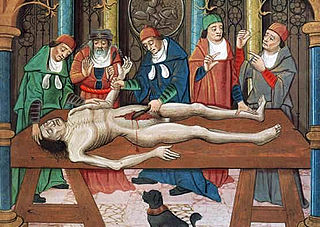
The history of anatomy extends from the earliest examinations of sacrificial victims to the sophisticated analyses of the body performed by modern anatomists and scientists. Written descriptions of human organs and parts can be traced back thousands of years to ancient Egyptian papyri, where attention to the body was necessitated by their highly elaborate burial practices.

The Columbia University Roy and Diana Vagelos College of Physicians and Surgeons (VP&S) is the medical school of Columbia University, located at the Columbia University Irving Medical Center in the Washington Heights neighborhood of Manhattan.
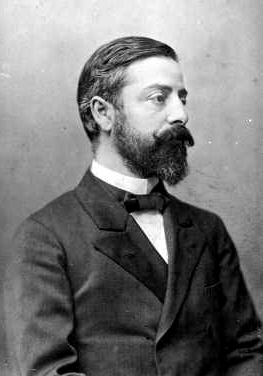
Emil Zuckerkandl was a Hungarian anatomist.
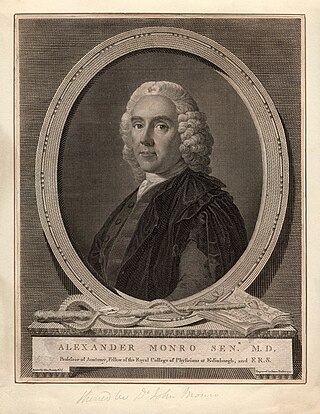
Alexander Monro was a Scottish surgeon and anatomist. His father, the surgeon John Monro, had been a prime mover in the foundation of the Edinburgh Medical School and had arranged Alexander's education in the hope that his son might become the first Professor of Anatomy in the new university medical school.
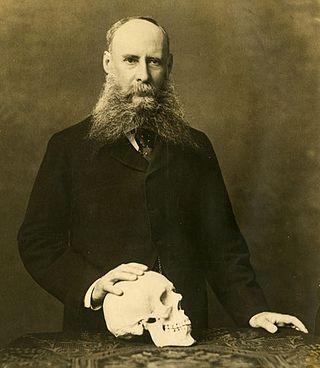
Thomas Dwight (1843–1911) was an American physician, anatomist and teacher.

Sir Ernest Donald Acheson was a British physician and epidemiologist who served as Chief Medical Officer of the United Kingdom from 1983 to 1991. He was born in Belfast, Northern Ireland.

Pindaros Roy Vagelos is an American physician and business executive, who was president and chief executive officer (1985) and chairman (1986) of the American pharmaceutical company Merck & Co..
Francis Kiernan FRS was an anatomist and physician.

Frank Henry Netter was an American surgeon and medical illustrator. The first edition of his Atlas of Human Anatomy — his "personal Sistine Chapel" — was published in 1989; he was a fellow of the New York Academy of Medicine where he was first published in 1957.
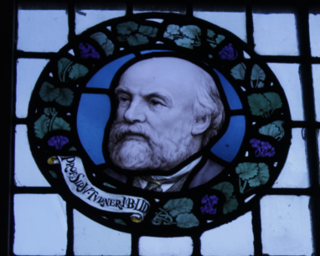
Sir William Turner was an English anatomist and was the Principal of the University of Edinburgh from 1903 to 1916.

John Sebastian Bach Stopford, Baron Stopford of Fallowfield KBE FRCS FRCP FRS was a British peer, a physician and anatomist, and a Vice-Chancellor of the University of Manchester. Lord Stopford was described as "one of the greatest anatomists of this century".

Hermann Philipp Rudolf Stieve was a German physician, anatomist and histologist. Following his medical studies, he served in the German Army during First World War and became interested in the effect of stress and other environmental factors on the female reproductive system, the subject of his later research. In 1921, he became the youngest doctor to chair the medical department of a German university. He taught medicine at the University of Berlin, and was Director of the Berlin Institute of Anatomy at the Charité teaching hospital in the later years of his life.

Edgar Haber, was a research physician specializing in cardiology, immunology, and molecular biology. He was, at times, Chief of Cardiology at the Massachusetts General Hospital, Higgins Professor of Medicine at Harvard Medical School, President of the Bristol-Myers Squibb Pharmaceutical Research Institute, and Director of the Center for the Prevention of Cardiovascular Disease at the Harvard School of Public Health. He published more than 550 research papers in cardiology, immunology, and molecular biology, and edited The Practice of Cardiology, at the time the definitive text on the subject.

Eduard Pernkopf was an Austrian professor of anatomy who later served as rector of the University of Vienna, his alma mater. He is best known for his seven-volume anatomical atlas, Topographische Anatomie des Menschen, prepared by Pernkopf and four artists over a 20-year period. While it is considered a scientific and artistic masterpiece, with many of its color plates reprinted in other publications and textbooks, it has been in recent years found that Pernkopf and the artists working for him, all of them ardent Nazis, used executed political prisoners as their subjects.
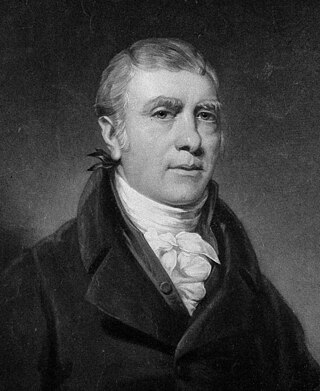
John Barclay was a Scottish comparative anatomist, extramural teacher in anatomy, and director of the Highland Society of Scotland.
Frederick T. van Beuren Jr., M.D. was a physician, surgeon, medical school administrator, professor, researcher, and hospital administrator. He graduated from the Columbia University College of Physicians and Surgeons. He later became the chief of its surgery clinic and an instructor in surgery. Even later, he became its associate dean and associate clinical professor of surgery. He was a vice president of the New York Academy of Medicine. While researching gastroenterological surgery, he conducted long-term studies at Roosevelt Hospital and Presbyterian Hospital. He also was president of Morristown Memorial Hospital in New Jersey.
Henry Buchwald is an Austrian-American surgeon and academic. He is the Professor of Surgery and Biomedical Engineering and the Owen and Sarah Davidson Wangensteen Chair in Experimental Surgery Emeritus at the University of Minnesota, Minneapolis, Minnesota.
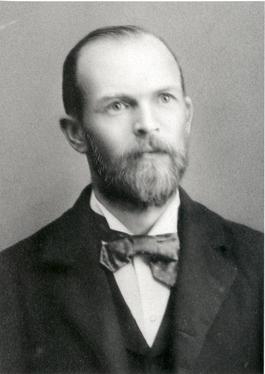
William Keiller was a Scottish born anatomist who trained in anatomy at the Edinburgh Extramural School of Medicine and was appointed as the first Professor of Anatomy at the University of Texas Medical Branch (UTMB) at Galveston, a post he held for 40 years. He served as Dean of the UTMB Medical School and as President of the Texas Medical Association. Many of his anatomical drawings and paintings are preserved and displayed at the Blocker History of Medicine collection at UTMB Moody Medical Library.
Samuel Clossy MB MD was a pioneering Irish anatomist and the first college professor of a medical subject in North America.
Charles Edward Isaacs was an American physician and anatomist who was among the first to examine the structure and functioning of the kidneys. Following the studies made by Sir William Bowman about fifteen years earlier, he examined the role of the renal glomeruli in excretion.
References
- ↑ Medical Schools Seeking Cadavers, Toledo Blade January 3, 1996
- ↑ Anatomist at Center of Austrian Controversy, The Washington Post, June 22, 1999
- ↑ Sarah Richards. M.D.'s-to-Be Honor Body Donors, The New York Times, May 16, 1999
- ↑ Wade, Nicholas. "Doctors Question Use Of Nazi's Medical Atlas", The New York Times , November 26, 1996. Retrieved November 19, 2017.
- ↑ "Ernest April, MD (1939-2021)" (PDF). columbia.edu. Retrieved 24 August 2023.
- ↑ "Ernest April Obituary (2021) New York Times". Legacy.com .
- ↑ Columbia Medicine, Spring 2010
- ↑ New job for man about town, The Record (Bergen County, NJ), Jan 2, 2003